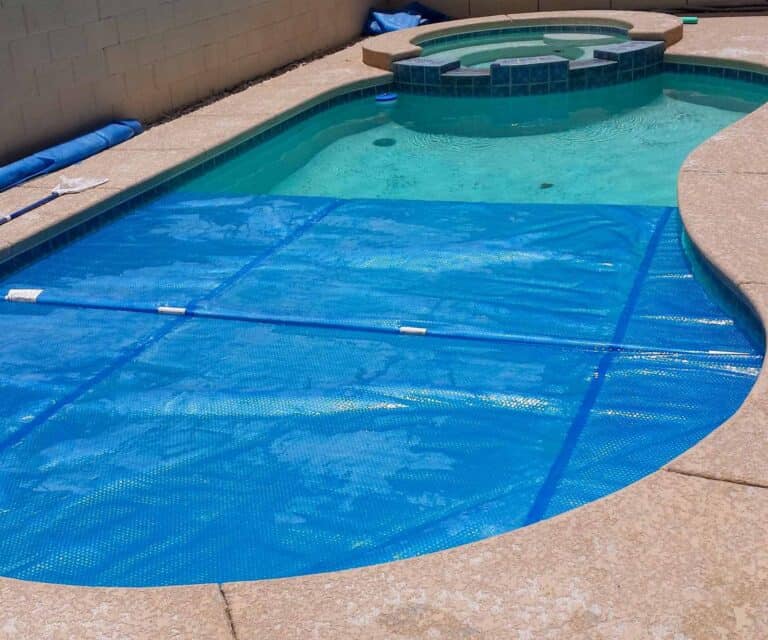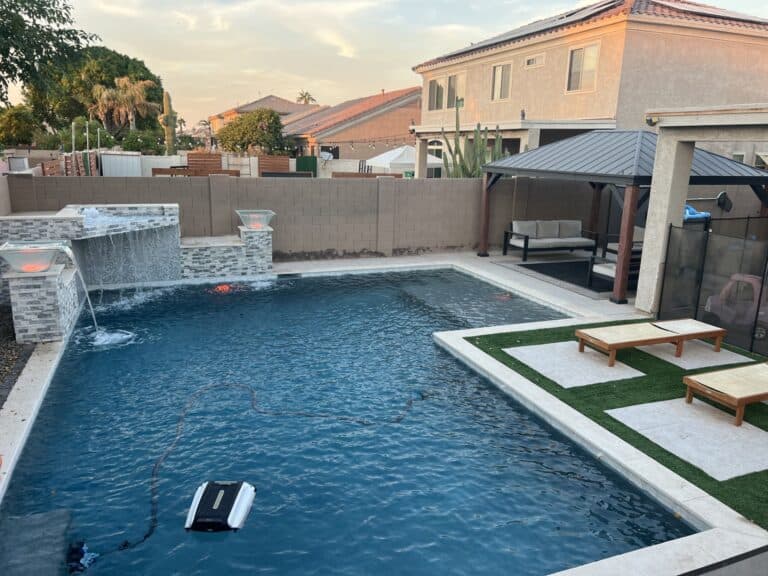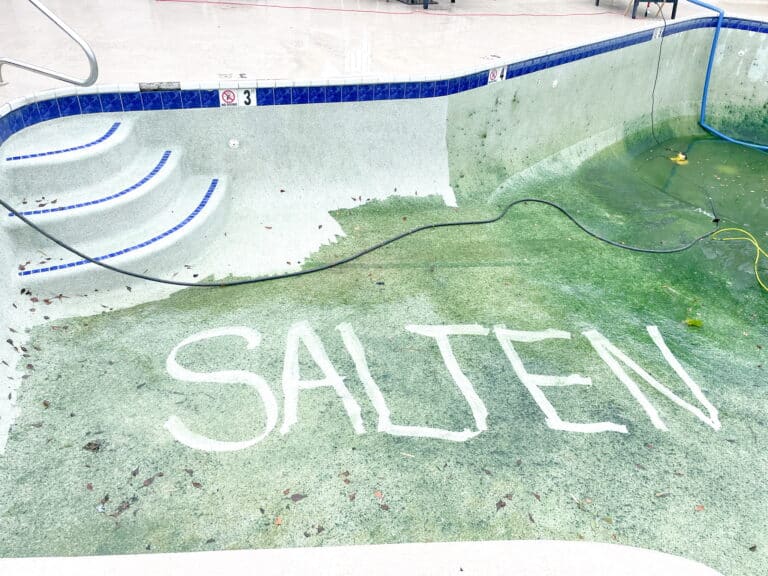Safe Pool Guidelines and Practices

One of the best things you can do to battle the intense Arizona heat is spend time in a swimming pool. Not only does the cool water offer relief during the hotter months, but it also provides opportunities to have fun and make those all-important memories with those closest to you.
But, even though a swimming pool can be a valuable source of fun and relaxation, having a pool also brings with it some risks and potentially dangerous consequences like slips and falls, head injuries from diving, injuries from playing, and the one we think about most when it comes to pools: Drowning. While we know how tragic drowning is, it’s good to understand the cold, hard facts, especially when we’re striving to make our pools as safe as possible.
According to the Centers for Disease Control and Prevention:
Here’s another sobering statistic to keep in mind:
23% of child-related drownings happen at social gatherings near a pool.
11 Guidelines and Practices for Pool Safety
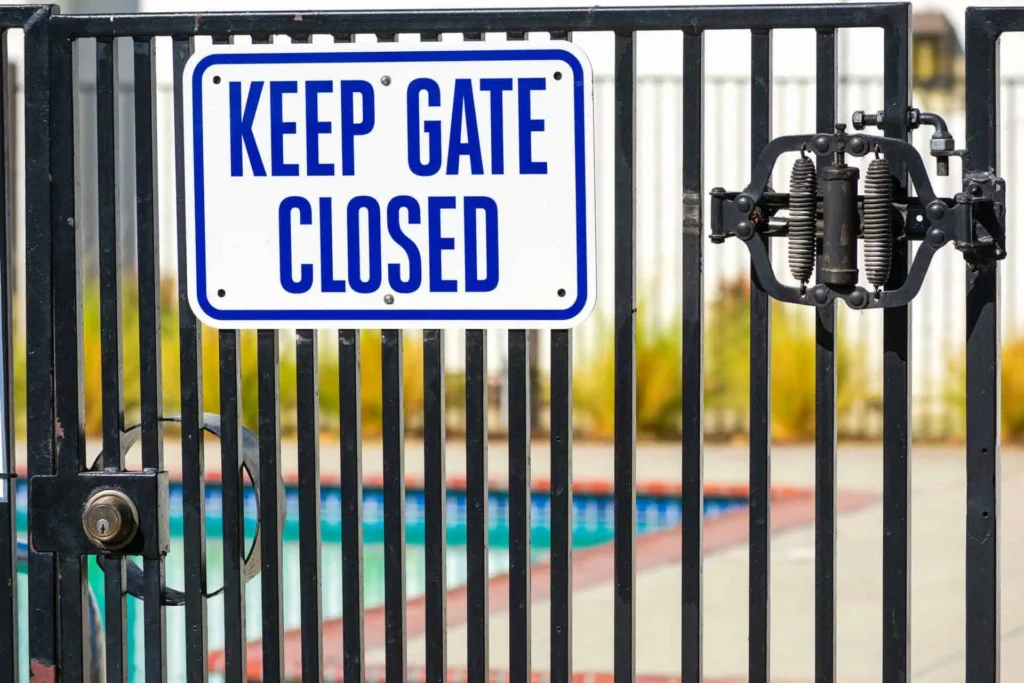
While we often—and understandably—focus on preventing drowning when it comes to pool safety, there are many other potential accidents that can happen in the water. It’s also important to be mindful of what’s going on around the pool so you can ensure that anyone who enjoys your pool is as safe as possible. Here are 11 guidelines and practices you can follow that can help to keep everyone safe while they’re having all that pool-related fun, and many are simple to put into place.
- Supervise, supervise, supervise, even if those enjoying your pool are good swimmers. No matter how vigilant you might be, things can happen in an instant that can be the difference between life and death. For beginner swimmers, make sure an adult swimmer is within arm’s reach at all times. For more advanced swimmers, make sure you can see them at all times. And while it can be tempting to let older kids be responsible for younger kids in the pool, always make sure an adult is the one supervising any swimming activities.
- Set some pool rules and make sure everyone is aware of them. Things like no running (deck surfaces can be slick!), no diving (unless your pool is 9 feet deep), no crazy acrobatics, no rough housing, and so on. And don’t be afraid to be the bad guy and remove any rule breakers from the pool area. Rules keep us safe, and pool rules are no exception!
- Get CPR certified. This, alone, can be the most important thing you can do to ensure the safety of those who swim in your pool. Getting certified is probably easier than you think, as some programs can be completed in just a few hours. If you have teenagers, get them CPR certified too. A CPR certification can be valuable both in the pool and out in the world.
- No solo swimming. Not even you. Unforeseen things can happen in a pool that have nothing to do with swimming skills or drowning, so don’t let anyone swim alone.
- Sign kids up for swim lessons, even the tiniest kids. There are so many amazing kids’ swim programs available for toddlers and up, and when your kids have the skills they need to stay safe in the pool, you can breathe just a little bit easier when the kids are in any pool.
- Limit distractions. This guideline goes along with #1, but with the temptation to check your phone for just a second being so strong, it deserves its own place on our list. Don’t get distracted by books or conversations either. Another distraction we might not think about is leaving pool toys in the water when no one is swimming. It can be way too easy for a child to fall into the pool trying to retrieve the toy.
- Teach “feet first.” Diving can cause injuries, so teach everyone to enter the water feet first, especially when jumping.
- No alcoholic drinks in the pool area. Alcohol can impair safe swimming as well as breathing, so make your pool area and any swimming-related activities alcohol-free zones.
- Have rescue equipment close by. Things like a life ring, skimmer pole, first aid kit, and a phone are crucial elements to have by your pool 24/7/365. Having these lifesaving tools handy could literally mean the difference between life and death.
- Keep electronics out of the pool area. These can be a huge risk for electrical shock.
- Install safety equipment. A pool fence, alarms on doors and in the water, and pool covers can be a strong line of defense against drowning and other pool-related injuries.
Looking for more support for your pool?
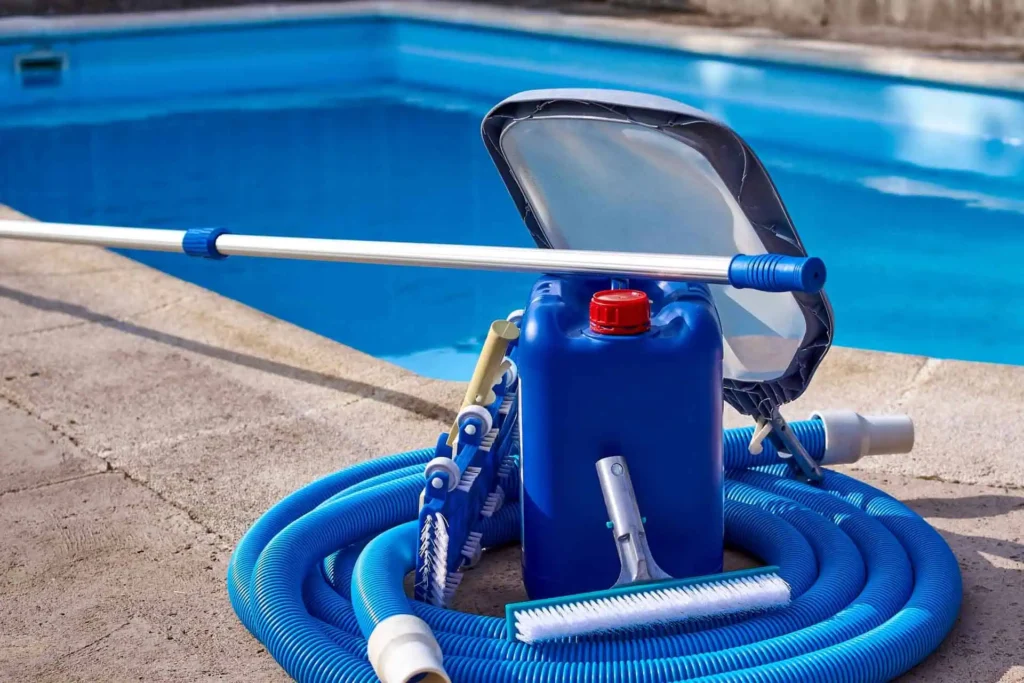
Not only are we pool building and maintaining professionals, but we are also passionate about helping you enjoy your pool as safely as possible. Contact us for any of your pool needs—we’re happy to do all the work so you can have all the fun!
Request a proposal
Get a quote for a new pool or remodel or weekly service or pool repairs!

